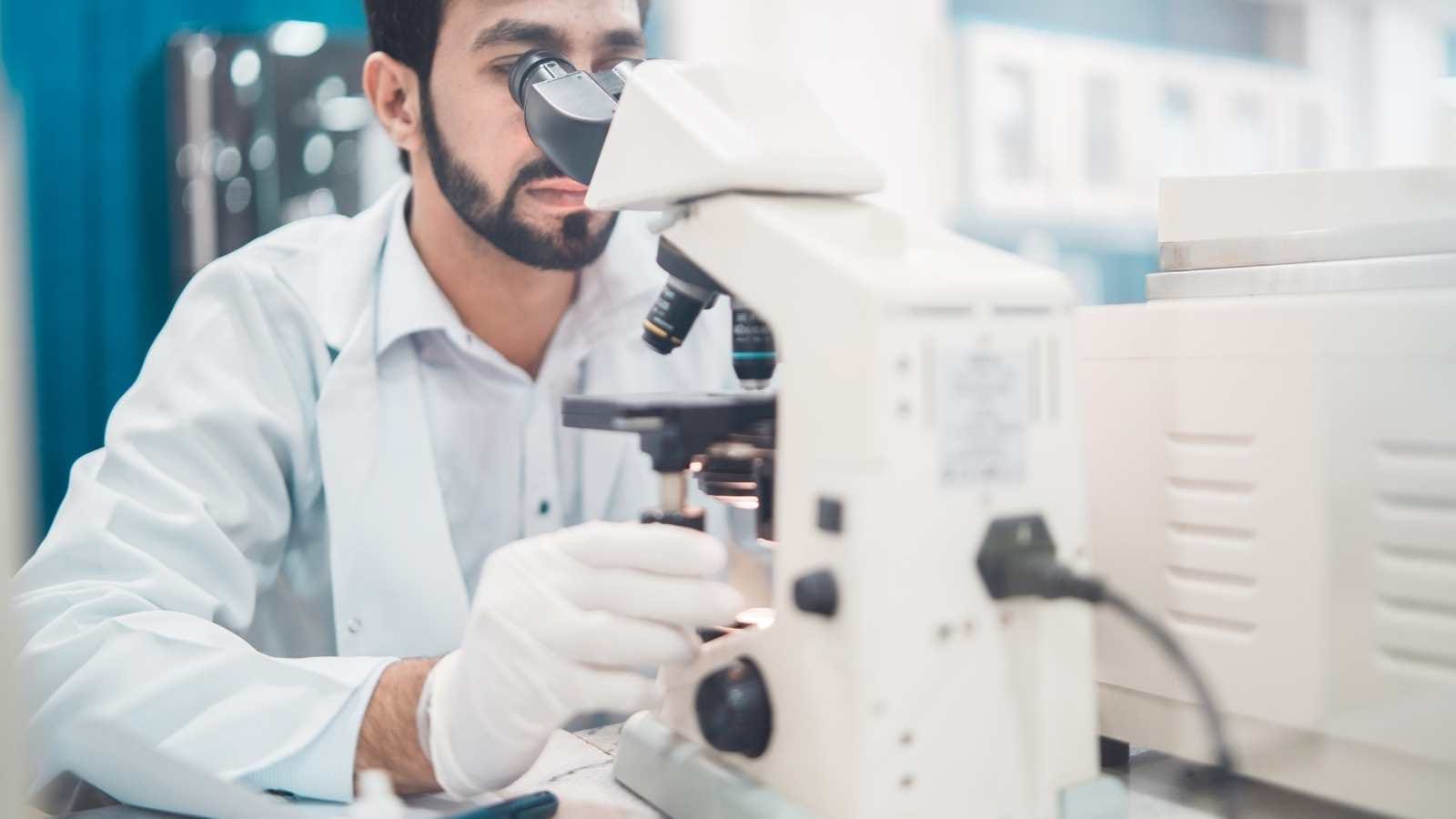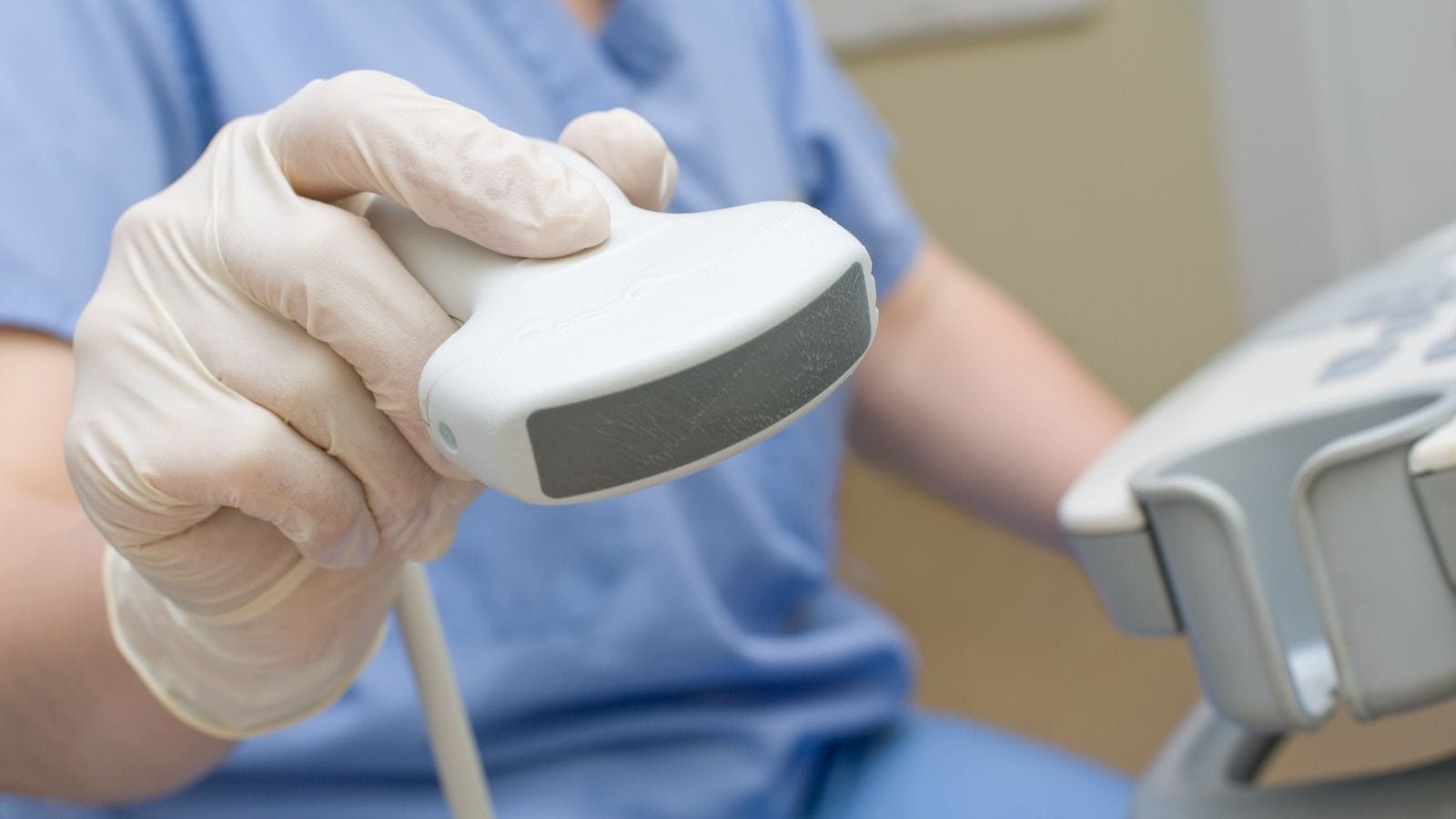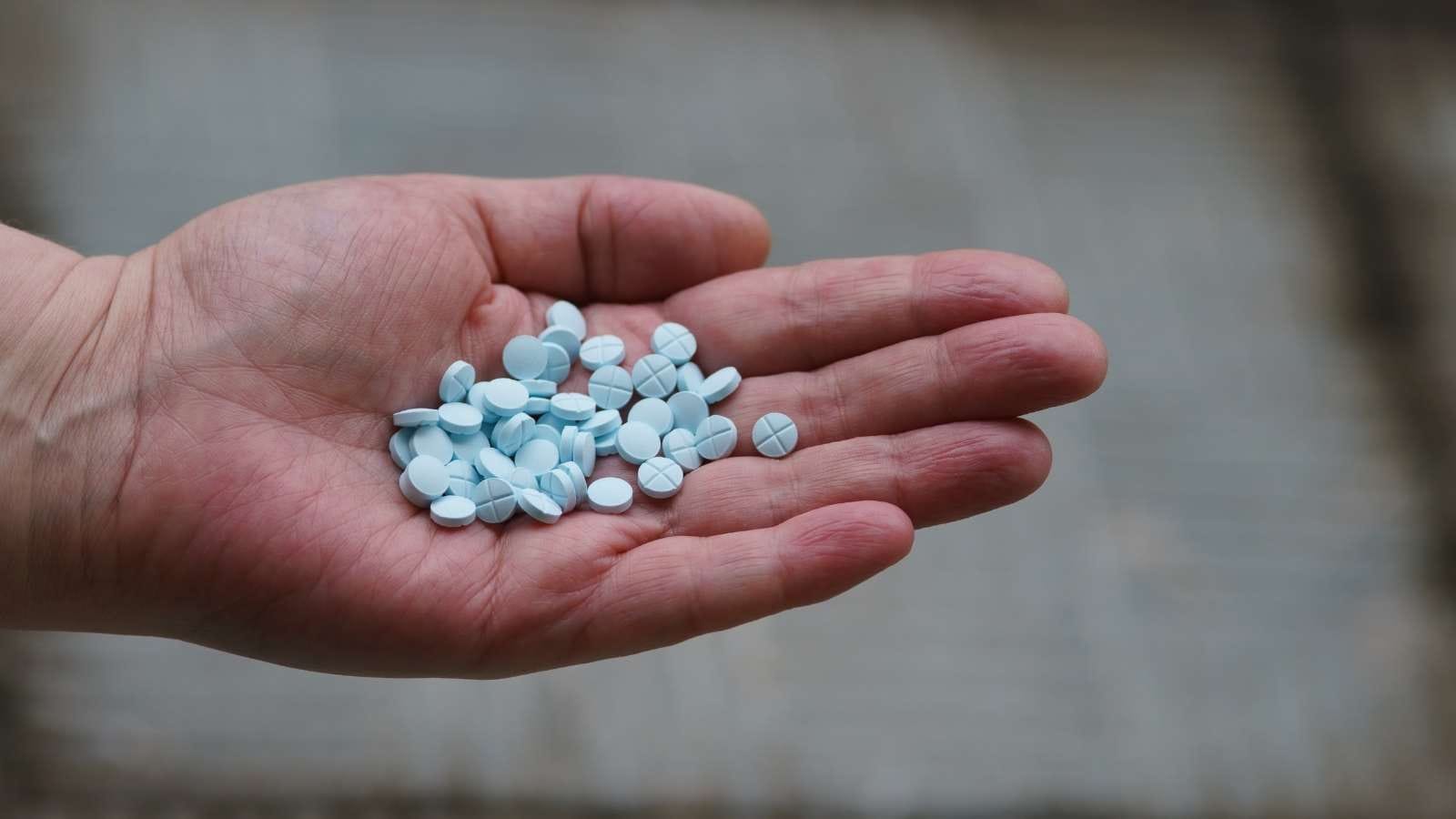Cryoablation treatment prices are determined by tumor size, organ location, and the number of probes required. The procedure uses advanced freezing technology and imaging systems, which significantly influence treatment costs.
Different tumor types, such as kidney, bone, or lung lesions, require specialized cryoprobes and monitoring devices. Complex cases needing multiple probes or extended procedural time result in higher treatment expenses for patients.
Insurance coverage varies depending on national health systems and hospital agreements. While some policies cover cryoablation for approved oncological indications, others may provide partial or no reimbursement, affecting overall affordability.
Short hospitalization after cryoablation minimizes accommodation costs compared to open surgery. Despite being less invasive, the use of specialized equipment and expert teams ensures cryoablation remains a highly advanced but costly treatment option.
What Are the Hospital Factors Affecting the Cost of Cryoablation Treatment?

Hospital factors affecting the cost of cryoablation treatment have a significant impact on the fee patients will pay for treatment. The geographical location of hospitals changes costs significantly. Hospitals in big cities usually charge higher fees due to higher operating expenses. The technological infrastructure of the hospital also affects pricing. Centers equipped with the latest cryoablation devices may reflect the cost of investing in this technology, albeit minimally, in patient fees.
Hospital reputation and level of expertise:
- Renowned hospitals and doctors specialized in their field usually charge higher fees.
- High treatment success is expected.
Materials and equipment used:
- Quality of disposable materials
- Frequency of maintenance and renewal of devices
Tumor size:
- If the tumor is 2 cm, a single probe is sufficient.
- As the size increases, the cost and price of the probe to be used increases. However, in localizations where surrounding tissues should not be damaged, it is one of the most suitable options.
Additional services provided by the hospital can also increase the prices. For example, special room options or extra care services that increase patient comfort are added to the cost.
What Is the Effect of Technologies Used in Cryoablation Treatment on the Price?
The technologies used in cryoablation treatment significantly affect the cost of treatment. As high-tech devices are used, the treatment price increases. Especially state-of-the-art devices provide more precise and effective treatment. However, the cost of these devices is quite high. The main technological factors affecting the price are as follows:
Brand and Model of the Device:
More well-known brands usually charge higher prices.
Innovation of Technology:
Devices with the latest technology are more expensive compared to older models.
Functionality of the Device:
Multifunctional and high-performance devices increase the cost.
These technological features directly affect the efficiency of the treatment process and the patient’s recovery process.
What Are the Pre- and Post-Costs of Cryoablation Treatment?

One of the important factors affecting the cost of cryoablation treatment is the pre- and post-treatment processes. Pre-treatment preparations can create a financial burden, as the general health status of the patient needs to be evaluated. These preparations include:
- Detailed heart examination
- Required blood tests
- Imaging tests
These tests are essential to determine the patient’s suitability for treatment. In addition, special medication treatments for previously existing health problems, if any, can also increase the cost.
The post-treatment process is another important factor affecting the costs. The requirements after treatment include the following:
- Routine check-ups
- Medication treatment
- Additional treatments for possible complications
In this process, check-ups and treatments that vary depending on the patient’s rate of recovery cause additional costs.
Why Do Regional Price Differences Occur in Cryoablation Treatment?
Regional price differences in cryoablation treatment develop based on several main factors. First, the geographical location of treatment centers is important. Centers in major cities generally have higher rent and operating expenses, which increases treatment costs. At the same time, prices tend to rise in these regions due to higher demand.
On the other hand, local market dynamics and competition conditions also affect pricing. In some regions, there may be multiple healthcare institutions offering similar services. This situation increases competition and may lead to lower prices. On the other hand, healthcare centers in a monopoly position can set higher prices.
The cost of medical materials used for treatment may also show geographical differences:
- Supply costs of equipment and devices,
- Import taxes,
- Shipping fees.
How Do Duration and Number of Sessions Affect the Prices in Cryoablation Treatment?
The duration and number of sessions of cryoablation treatment are among the factors that directly affect the cost of treatment. The prolongation of the treatment period generally requires the use of more resources. This leads to an increase in costs. As the number of sessions increases, the amount of materials used and the time spent by healthcare personnel also increase. This causes treatment fees to rise. On the other hand, depending on the effectiveness of the treatment and the patient’s condition, the number of sessions can be reduced or increased, which also makes pricing variable.
The Effect of Number of Sessions on Cost:
- Each additional session increases material and personnel expenses.
- As the number of sessions decreases, the total cost usually drops as well.
The Effect of Treatment Duration on Cost:
- Longer sessions require more medical consumables.
- Shorter treatments are generally less costly.

Interventional Radiology and Neuroradiology Speaclist Prof. Dr. Özgür Kılıçkesmez graduated from Cerrahpaşa Medical Faculty in 1997. He completed his specialization at Istanbul Education and Research Hospital. He received training in interventional radiology and oncology in London. He founded the interventional radiology department at Istanbul Çam and Sakura City Hospital and became a professor in 2020. He holds many international awards and certificates, has over 150 scientific publications, and has been cited more than 1500 times. He is currently working at Medicana Ataköy Hospital.









Vaka Örnekleri